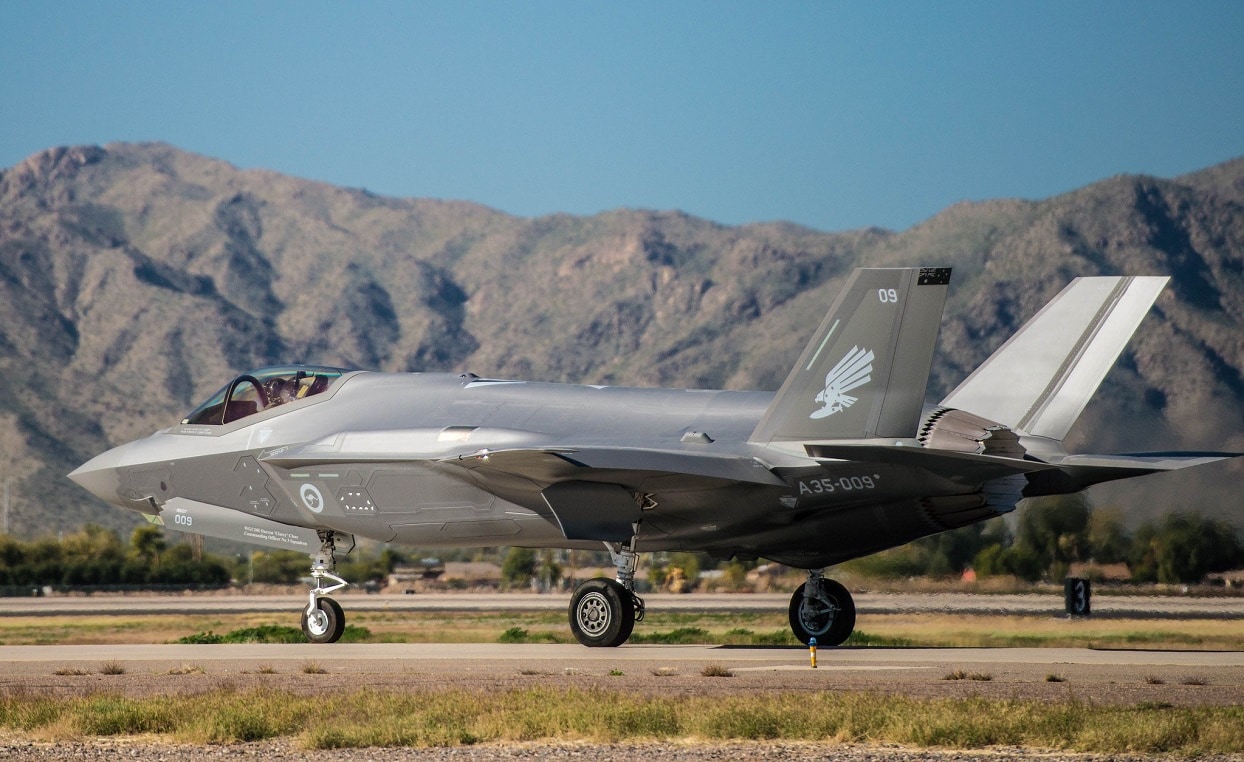The Royal Australian Air Force (RAAF) is currently one of the international operators of the Lockheed Martin F-35 Lightning II. Australia has committed to acquiring 72 F-35As, the conventional take off and landing variant of the Joint Strike Fighter, for three operational squadrons at RAAF Base Williamtown and RAAF Base Tindal, and a training squadron at RAAF Base Williamtown.
The first F-35A was accepted into Australian service in 2018, with the initial aircraft arriving in country in December that year. The first F-35A squadron, No. 3 Squadron, was on track to become operational this year, and all 72 of the aircraft were initially expected to be delivered by 2023.
Four of those planned aircraft have just been delivered.
“This is one of our newest four F-35A Lightnings, which touched down recently at RAAF Base Williamtown fresh from US. With these new additions we now have 41 of the fifth gen stealth fighters here in Australia,” the RAAF announced via Twitter last Friday.
Program Milestones
The first Australian-designated F-35, known as AU-1, took flight in 2014 in Fort Worth, Texas before being delivered to the RAAF. A year later, the first Australian pilot completed F-35 training at Eglin Air Force Base (AFB), Florida, and in July 2015, the Australian Department of the Environment and Energy published the approval decision for the flying operations of the F-35A, after considering the Environmental Impact Statement (EIS).
It was in 2017 that the F-35 made its public debut down under at the Australian International Airshow – also known as the Avalon Airshow, as it is held at the Avalon Airport each March in Victoria – and video of the flight has been posted to YouTube. In 2018, the F-35 Training Center was stood up at RAAF Williamtown, and the same year the first aircraft arrived for permanent basing. Last year, Australia also declared the F-35 had achieved Initial Operational Capability (IOC).
And earlier this year, Austrialian Prime Minister Scott Morrison was able to climb into the cockpit of an F-35A in a hanger at Williamtown, while the song “Danger Zone” from the Hollywood blockbuster Top Gun played in the background, reaffirming the nation’s commitment to the highly advanced fifth-generation combat fighter.
Aiding Australian Industry
In addition to being an operator of the aircraft, Australia is also an F-35 program industry leader and an original equipment manufacturer (OEM), which has created thousands of jobs for Australian industry. Every F-35 will contain some Australian parts and components.
According to the F-35 program office, “the centre wing assembly contains machined longerons produced by Lovitt Technologies Australia. Sydney-based manufacturer Quickstep also supplies components to the F-35 Lightning II program. Lovitt and Quickstep are just two of the more than 17 Australian-based companies manufacturing parts and components for the worldwide fleet of F-35s, including Australia’s own F-35 aircraft.”
In addition, to date more than 50 Australian companies have been awarded contracts for the development, production and sustainment of the F-35, valued at AU$2.7 billion. In addition to helping ensure the protection of the skies over Australia, the F-35 is now helping to boost the economy on the ground.
Peter Suciu is a Michigan-based writer who has contributed to more than four dozen magazines, newspapers and websites. He regularly writes about military small arms, and is the author of several books on military headgear including A Gallery of Military Headdress, which is available on Amazon.com.

